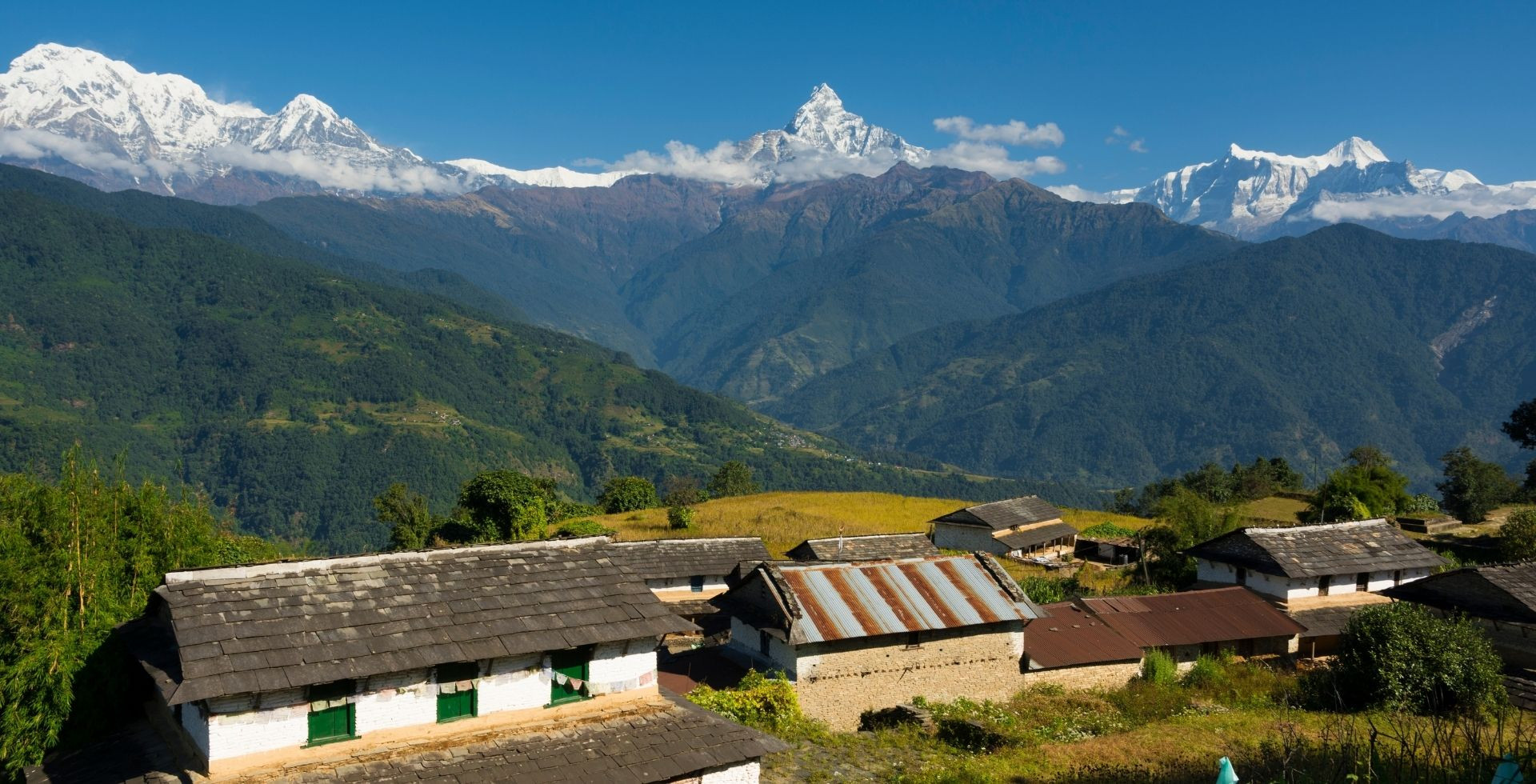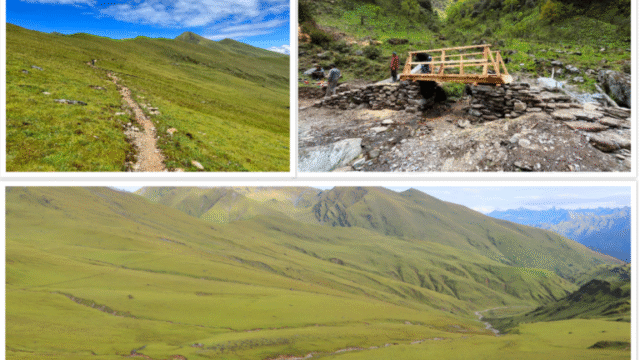Dhampus, a popular touristic village nestled in Machhapuchhre Rural Municipality-7 of Kaski district, is on the brink of major transformation as a new blacktopped road network is being developed to connect it with the Mid-Hill Highway. This long-awaited road infrastructure project is expected to enhance accessibility, boost tourism, and significantly improve the quality of life for local residents.
Dhampus to Be Connected With Road Network
The Gandaki Province government, under the Rural Connectivity Improvement Project (RCIP), has initiated the upgrading of the 13-kilometer road stretching from Hemja Ghattekhola to Dhampus via Khanigaun. The project, valued at Rs 301.9 million, marks a major step forward in integrating this scenic hill village into the broader provincial road network.
According to Laxmi Bhandari, Chief of RCIP Pokhara, the contract for the road construction was officially signed in March, with a clear mandate to complete the development within two years. “The contractor company has already mobilized its workforce and machinery and has begun upgrading work from the Khanigaun section of the road,” she said. The project aims to provide high-quality blacktopped road access, which will be suitable for all-weather transportation.
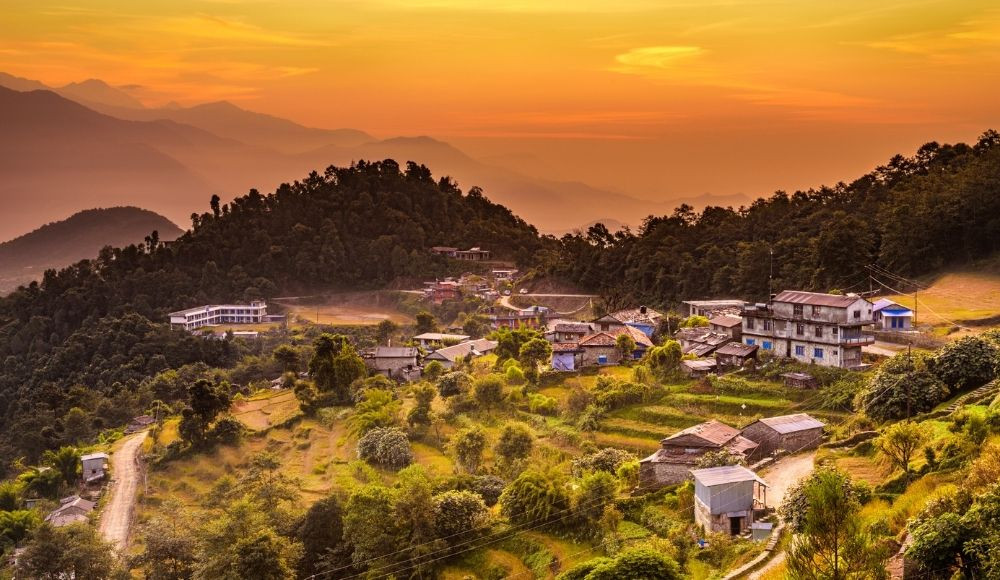
Currently, Dhampus is known for its breathtaking views of the Annapurna and Machhapuchhre ranges and is a favorite among trekkers, domestic tourists, and international visitors alike. However, the lack of a durable road has long hindered its full tourism potential. During the monsoon season, access becomes particularly difficult, discouraging many potential visitors and causing hardships for the locals.
Baikunth Prasad Bhandari, Ward Chair of Machhapuchhre-7, expressed his satisfaction with the project, emphasizing that all 10 settlements in Dhampus will benefit from the road upgrade. “This is a historic development for our ward. The improved road will make transportation more reliable, reduce travel time, and help villagers gain better access to healthcare, education, and markets,” he stated.
He further added that the road has now reached the border of Lwang, another picturesque village located in Machhapuchhre-8. With the completion of an additional two kilometers of road from Lwang to Dhampus, residents and visitors alike will be able to travel conveniently to the rural municipality center and the bustling Pokhara market via Lwang and Khorakumukh.
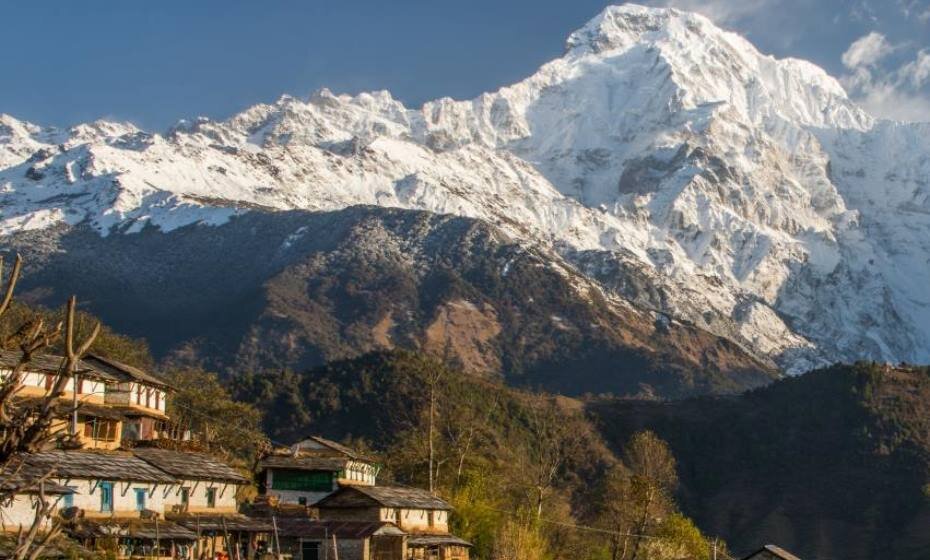
The project also aims to enhance regional connectivity. Once completed, the upgraded road will link Dhampus not only to Pokhara but also to the national highway network via the Mid-Hill Highway, thereby integrating it into the mainstream tourism and trade circuits of Nepal.
The Mid-Hill Highway, also known as the Pushpalal Highway, is a strategic infrastructure backbone in Nepal that stretches across multiple provinces. The road to Dhampus via Khanigaun will tap into this extensive highway system, creating a ripple effect in boosting economic activities across remote areas.
Local communities are optimistic that the new road infrastructure will open up new livelihood opportunities. With better connectivity, tourism entrepreneurs expect a rise in the number of homestays, lodges, and local businesses catering to trekkers and tourists. Farmers too hope to gain easier access to urban markets, enabling them to fetch better prices for their agricultural produce.
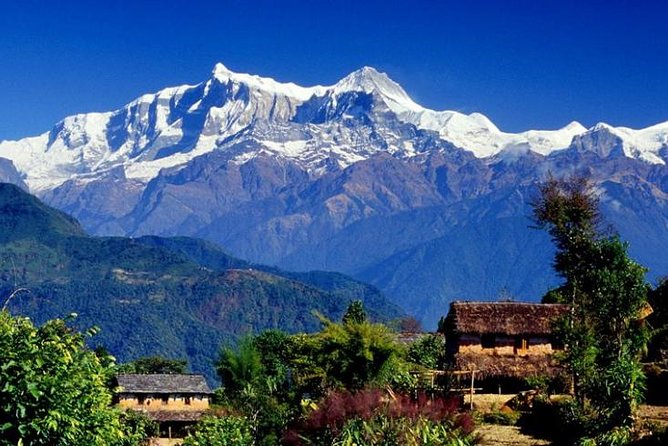
However, some stakeholders have raised concerns about potential environmental impacts and the need to ensure proper road maintenance after the construction is completed. Experts suggest that sustainable construction practices and post-construction management will be key to preserving the ecological beauty of Dhampus and its surroundings.
To address such concerns, the RCIP team has assured that environmental safety and sustainability are integral parts of the project. “We are committed to minimizing deforestation, managing landslides, and ensuring that the project aligns with the environmental standards set by the government,” said RCIP chief Laxmi Bhandari.
The project is also expected to indirectly benefit the surrounding tourist destinations including Australian Camp, Pitam Deurali, and the Mardi Himal trekking route. These areas are frequented by trekkers who often pass through Dhampus, and improved road access is likely to reduce the pressure on trekking trails while enhancing the overall travel experience.
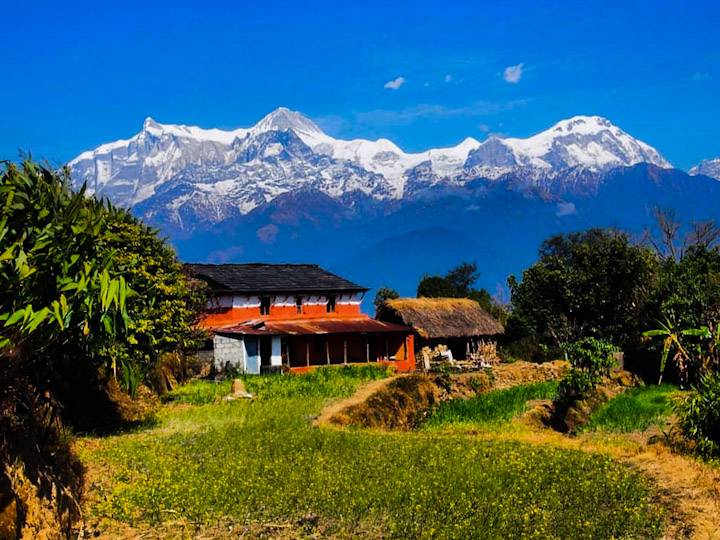
Dhampus itself is rich in Gurung culture, traditional lifestyles, and panoramic mountain views, which make it an ideal blend of nature and heritage. The upgraded road is expected to help position the village as a more accessible, year-round tourist hub rather than a seasonal destination.
As the project progresses, the provincial government, rural municipality, and local residents are working together to ensure that development is inclusive and that the benefits reach all communities involved. The combined efforts are a testament to the growing commitment to improve rural connectivity and promote sustainable tourism in Nepal’s hill regions.
Once completed, the road to Dhampus will not only serve as a lifeline for local residents but also become a catalyst for regional development, showcasing how strategic infrastructure investment can transform the tourism potential and economic well-being of rural Nepal.
